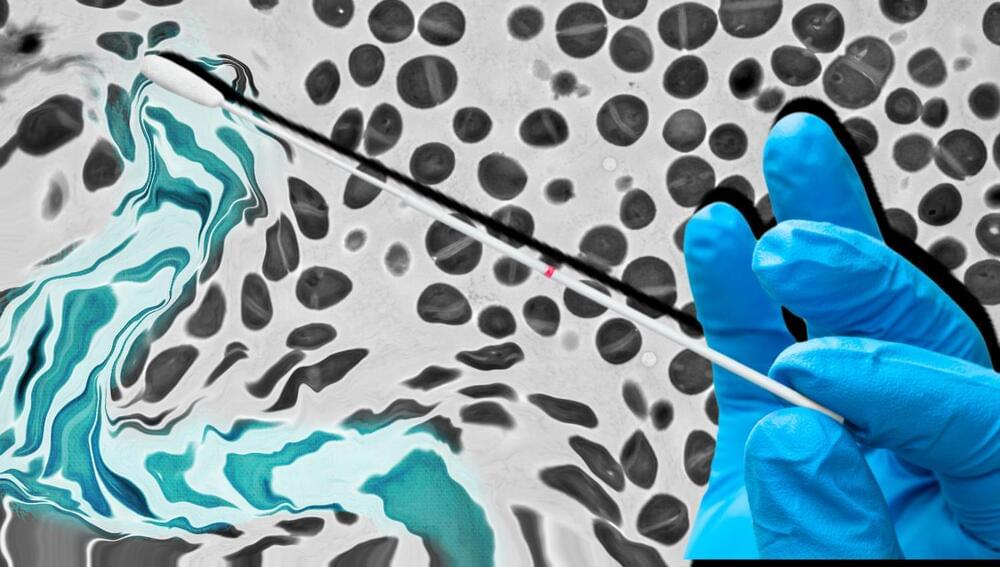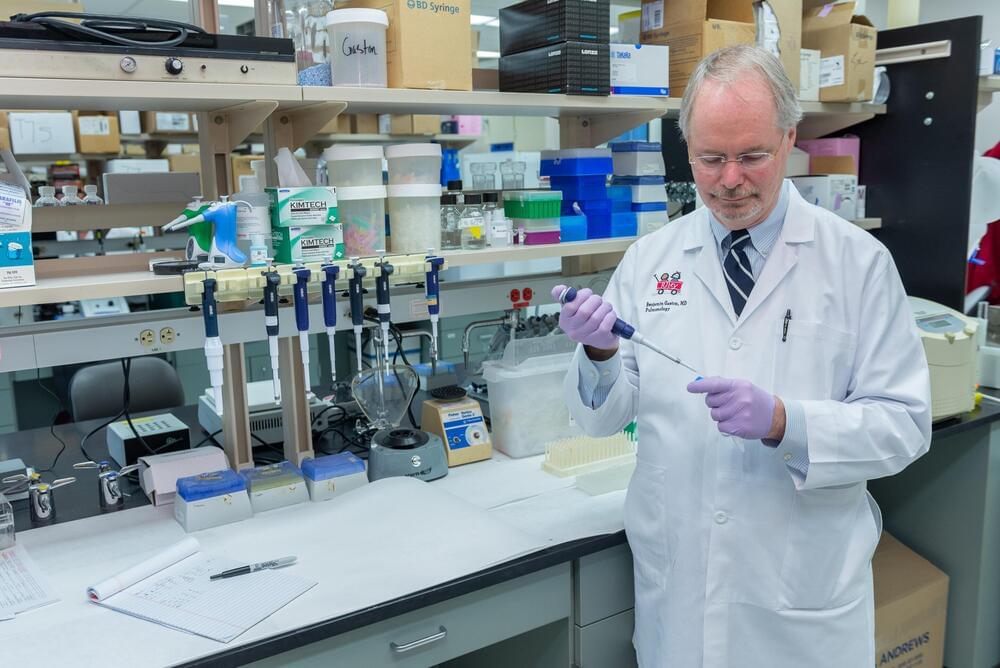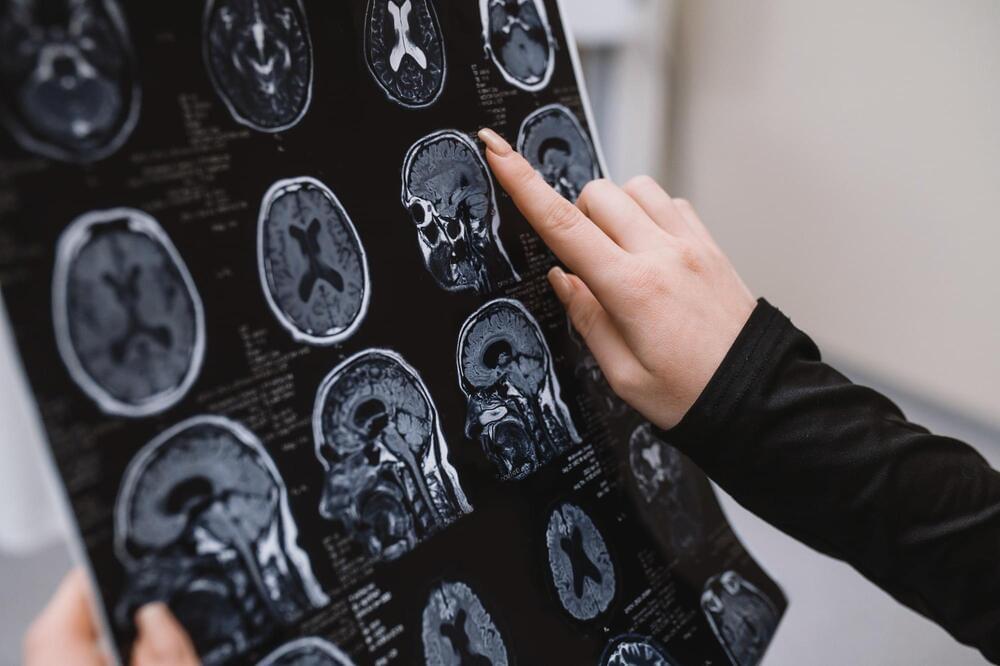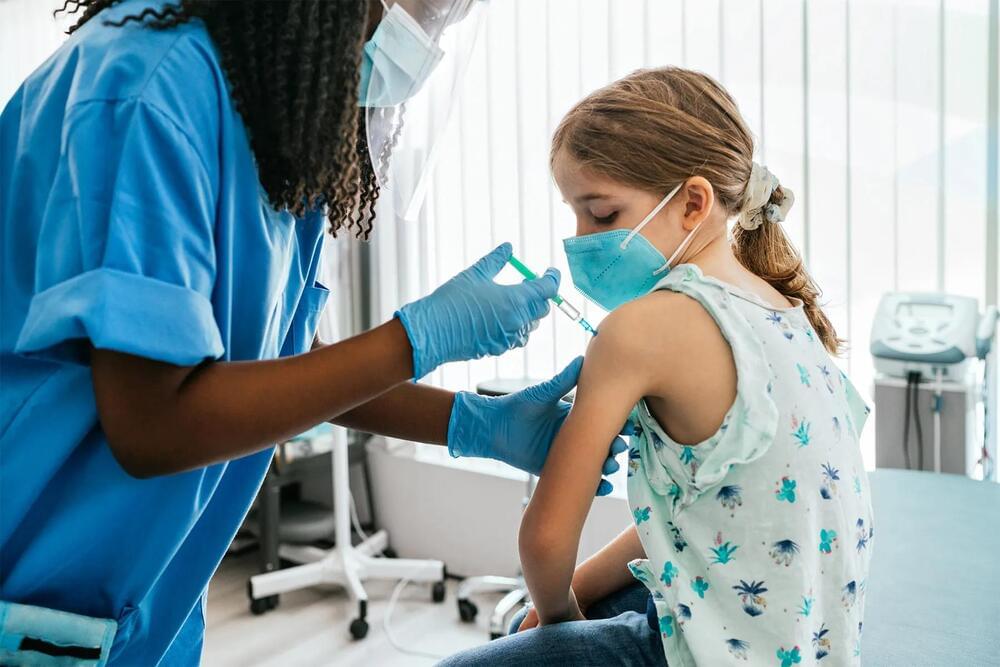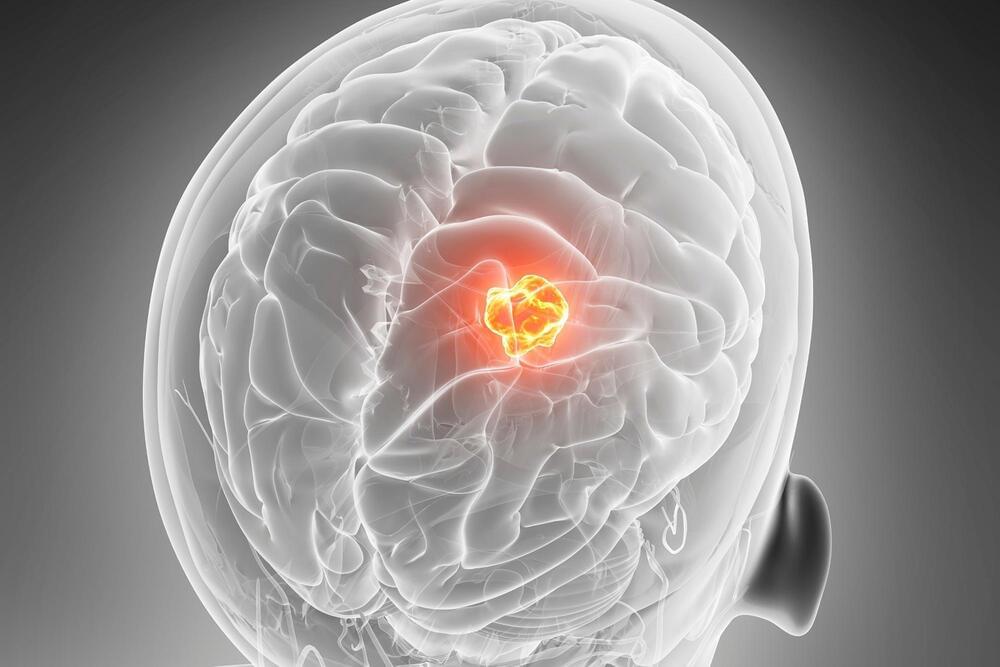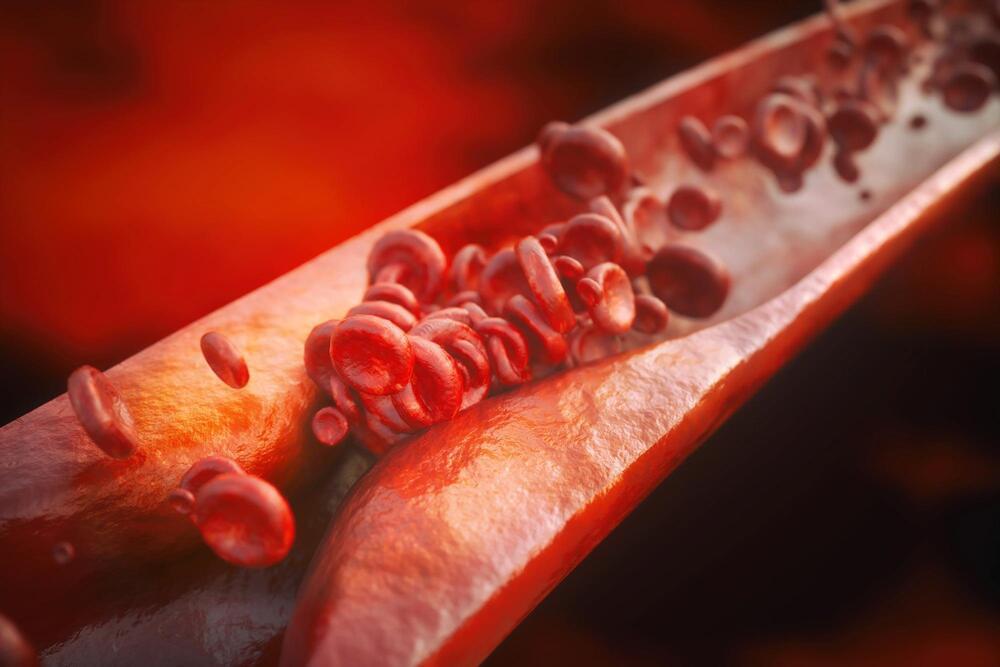The instrument uses light to move atoms to measure incredibly small forces.
A new study finds that chimpanzees’ self-medication has helped scientists identify some promising plants for future pharmaceuticals. In the study, Oxford researchers have identified no less than 13 plants with potent wound-healing and infection-fighting properties.
The researchers made this astounding discovery thanks to the help of wild chimpanzees. By observing them in the wild, the team found that chimps tend to eat bark, dead wood, and leaves that are not part of their diet when sick or injured.

